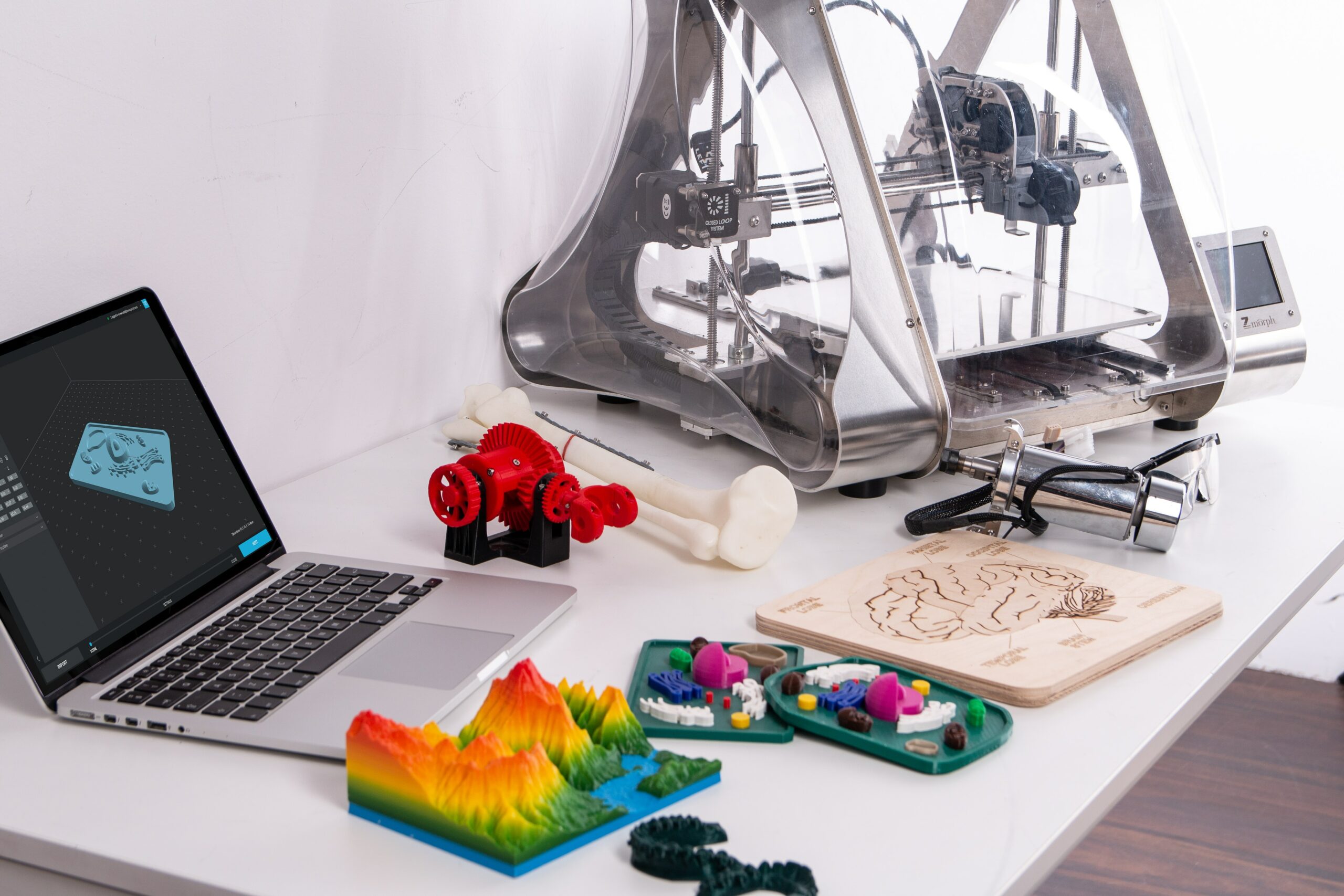
Most regular online schools are not engaging experiences. The virtual learning options that school offer during the COVID-19 pandemic are not much better. They’re recorded lectures, a series of multiple choice quizzes, or YouTube videos to watch. Students and teachers feel disconnected from one another, and when engagement is low, learning doesn’t happen.
Sora is different. We have an ambitious mission of building a world-class high school entirely online. Our students routinely tell us that Sora, an online school, feels much more like a community than the private or public schools they were attending beforehand. In fact, a student recently said that “Sora feels like a second family where everyone cares about each others’ success.”
We believe that teachers and schools unlock super powers unfathomable to traditional schools when the classroom moves online–you just have to know how to use it!
Socialization in traditional schools is a happy accident
The biggest question we get from parents who are looking at Sora is “what about socialization in an online school” or “but how will they make friends virtually”.
First of all, what aspects of schooling are intentionally designed to those ends?
Most teachers want their students to sit quietly in their rows of desks, only speaking when called upon, which rarely happens. In most places, this passive, silent approach to schooling covers well over 90% of the students’ day. All of the things we consider socialization like running into your friends during the passing period, after school sports practice, or lunch fits squarely outside of the educational experience, or learning.
So, during the COVID-19 pandemic when schools transitioned to distance learning, what happened when we took away the physical building from school? Students became lonely and isolated because the few avenues that the students used to cope with passive schooling is now gone. All of the loneliness, anxiety, and even depression we’re seeing in students now is a result of the schooling itself. We can’t assume “community” and “socialization” is what happens outside of the classroom. We need to make our classrooms, and ultimately schools, into social, community experiences.
Here are the lessons we’ve learned in running an engaging online school that can help educators and school administrators here today.
Tip #1: Use breakout rooms—a lot!
Most teachers will roll their eyes and think “I already use breakout rooms.” However, the truth is that most teachers are severely underutilizing them. You can use them much, much more.
When we ask traditional educators why they don’t do more peer-to-peer or small-group learning, most will cite logistical concerns about reorganizing their classroom, noise levels, etc. However, none of that applies in a virtual environment. With just regular Zoom, you can very quickly create breakout rooms. However, with better software like Skale or Toasty, you can create whole experiences where students are intelligently matched up for back to back 1-on-1 discussions, instant structured debate, jigsaw sessions, and much much more.
To get started, I recommend you set an egg-timer for 5-10 minutes. After that timer goes off, just click the “breakout rooms — automatically assign” button and let the students talk about a prompt for 1-2 minutes. If you’re concerned that they’ll just be socializing and not discussing the prompt, tell them that you’ll hop between a couple breakout rooms to listen. If they still socialize and don’t care about your threat, that’s not the end of the world. That’s still building your community (as long as it was randomly assigned).
Tip #2: Homeroom is the most important “class” of the day
Just because we moved online, doesn’t mean homeroom has lost its place. Actually, it’s vital for your online school community.
At Sora, every student is in a House (yes, like Harry Potter) where they have a morning standup and afternoon checkpoint. The morning standup is a place where the students state their goals for the day and the current struggles they’re trying to overcome. Additionally, this is a time for the House Leader to ask a “wild card question” which is designed to build community. This could be “academic/school-related or it could be something like “if you could only keep 3 apps on your phone, which would they be?” They can be a little silly, but, as most people would attest, it’s okay to be silly sometimes at school!
In the afternoon checkpoint, our students think about the goals they set out for themselves that morning and reflect on if if they hit them or not.
Bonus tip: try to get students to run these without an adult in the “room”. We used to run structured standups with an adult in charge but we found the students were much happier and more productive when we allowed them to run their own period. Elect one student to be in charge, give them the expectations, and tell them you’ll hop in unannounced throughout the semester to make sure everything is going well. Give your students responsibility and agency, train or help them figure out what they need to do, and you’ll see much higher engagement and ultimately more learning.
Tip #3: Implement a flipped classroom
Many of you may be thinking: these tips are great in theory, but how will I have time to do any of this? The answer for middle and high school teachers is to create a flipped classroom.
After all, why wouldn’t you use a flipped classroom in an online world? Either way, you’re a talking head on a screen so you might as well become a talking head that can be paused, rewinded, and sped up. Or, better yet, find a high-budget documentary or Youtube series that covers that same content in an engaging way. Let the classroom be a place where actual learning happens, not just a cram session for note-taking and memorization.
Now that your students are coming to class having already learned the content (in theory), start the period with a Skale session or Zoom breakout rooms where students are matched up randomly in a series of 1-on-1 conversations about the content.
Tip #4: Create casual spaces for community
At your school, there was probably a place where students liked to congregate to talk before school, after lunch, before sports practice, etc. Perhaps this was the school’s front steps, the bleachers, or a green space. This is where socialization and community-building happened. And, we don’t have to lose these places just because we went online–they just need to transform.
This is where we can take a note from the highly-engaging online communities your students are already interacting with after school, which is most likely taking place on group chats or hosted on Discord.
At Sora, we have a multi-pronged strategy to create these “casual spaces”. The most popular are casual text-based channels. If your school is using Slack, Microsoft Teams, or Discord, this is easy. All you have to do is create a series of channels with topics like “memes”, “pets”, “funny thoughts”, etc. This is likely happening in your school anyway, but creating a school-sponsored area where everyone can take a break and put their guard down is very beneficial. But, be careful! As great as this is for community building, we’ve had more than a few instances where new students posted something that wasn’t school appropriate and we had to get involved. As a result, we’ve had the students elect “moderators” who are allowed to remove posts that don’t meet our community standards. Luckily, we don’t have to do that very often anymore.
At Sora, we have Discord channels (or just zoom rooms) that serve as a place where students can hang out while they quietly work. Believe it or not, being on a video call with someone while you work is a great, motivating experience. This is like study hall without the people talking in the corner ruining the silence (because they would just leave the call).
You can also create themed rooms like one called Philosophy where students can pop in if they’re in the mood to chat about that topic.
This all may sound scary time-wasters but remember, we would never expect an adult to attend 8 straight hours of meeting without a break, so don’t shame your students out of self-care. It’s also important to note that, when creating casual spaces for your school, don’t over-moderate to the point where students can’t be themselves. Set some ground rules and expectations, but don’t make it “not cool”.
Tip #5: Ask your students
Like it or not, your students are better at this online community thing than you are. This is the internet generation–they’re a part of so many online groups you wouldn’t even believe it. So, ask them what works and what doesn’t. I promise you they’ll have opinions.
At Sora, we host the students for an optional session once per week called “Roadmap Club” where they bring suggestions for improvement and give feedback on our curriculum or school design.
This is the single greatest thing Sora has consistently done–students provide invaluable perspective. It’s more than likely that you never went to online school, so you don’t have an intuition of what it’s like to be a student. If possible, teachers and administrators should even try shadowing a student for a day! You will learn SO much from this experience and you’ll develop an empathy for the students which will show up in every aspect of your teaching.
If you have enjoyed this helpful article and would like to connect or inquire about a job at Sora, email me here: [email protected]. If you think your school could use Sora’s perspective and help, we can help with that too!








